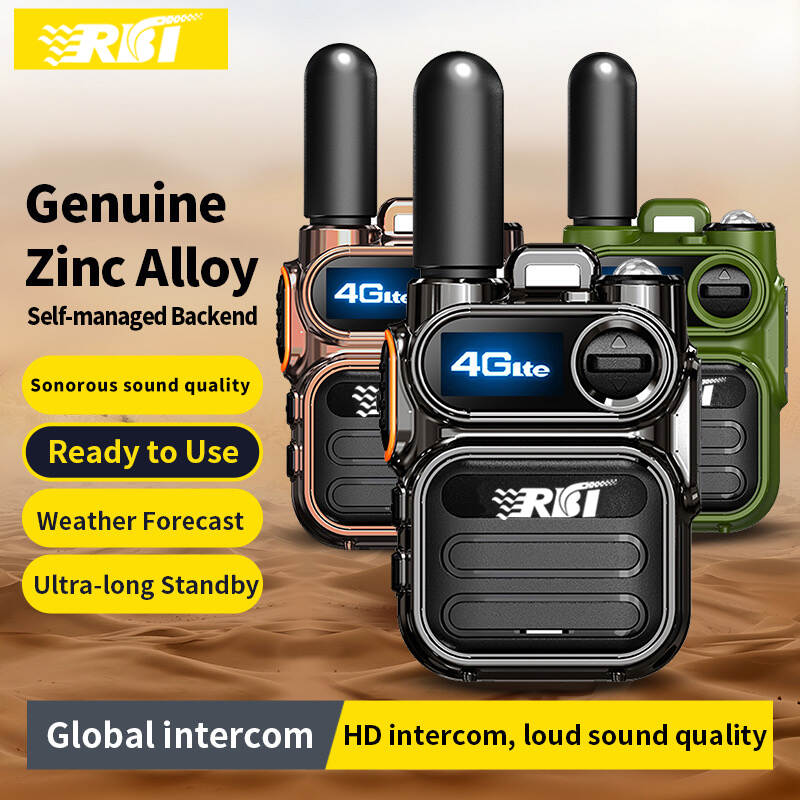- HOME
-
PRODUCTS
- RBTwalkie talkie
- Law enforcement instrument
- charger
- power cable
- baofeng walkie talkie BF
- Other Accessories
- car antenna
- housing
- USB Programming Cable
- earphone
- microphone
- battery clip
- walkie-talkie leather case protection case
- six-charger 6
- Connector
- sucker
- WLN
- Hytera
- Battery
- handheld antenna
- Edge series
- ICOM
- bracket
- PTTdust cover
- knob
- adapter
- power supply
- car intercom
- YAESU
- MOTOROLA
- NEWS
- ABOUT US
- CONTACT US
- Landing Page
Currency



